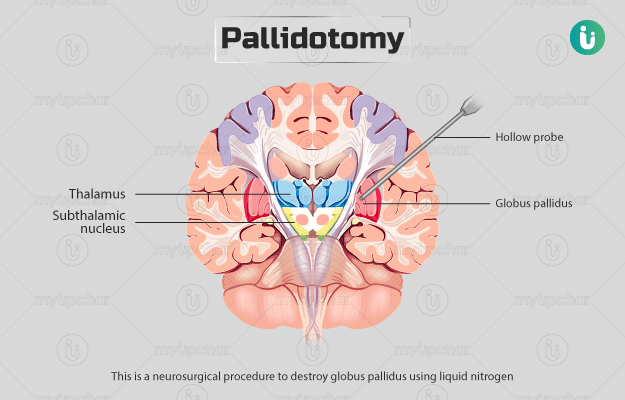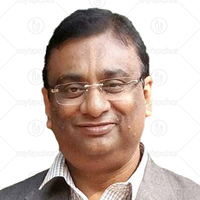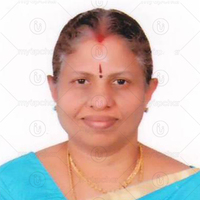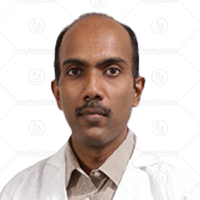Summary
Pallidotomy is a neurosurgical procedure performed to relieve symptoms of Parkinson’s disease. In individuals with Parkinson’s disease, a part of the brain called globus pallidus interna becomes hyperactive, which results in impaired body movements. This area, when destroyed by surgery, provides relief from symptoms of the disease.
During the procedure, the surgeon drills a small hole in the skull to destroy the target area using liquid nitrogen, a very cold substance. The surgery typically takes around two hours, and you will need to be hospitalised for another two to three days. You will recover completely within six weeks of the operation. After the procedure, you will have to visit the hospital for a few scans to ensure that the operation was a success.










































